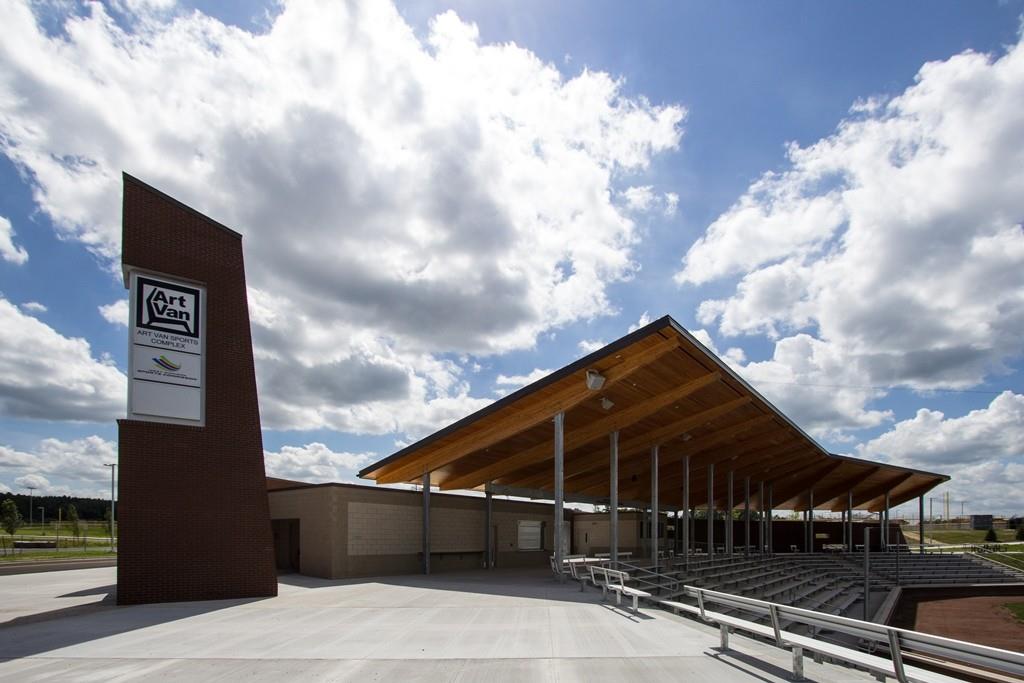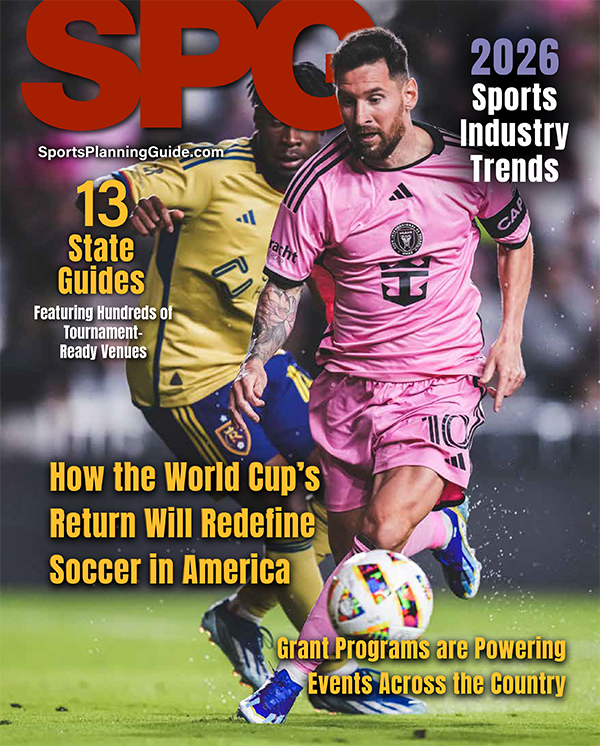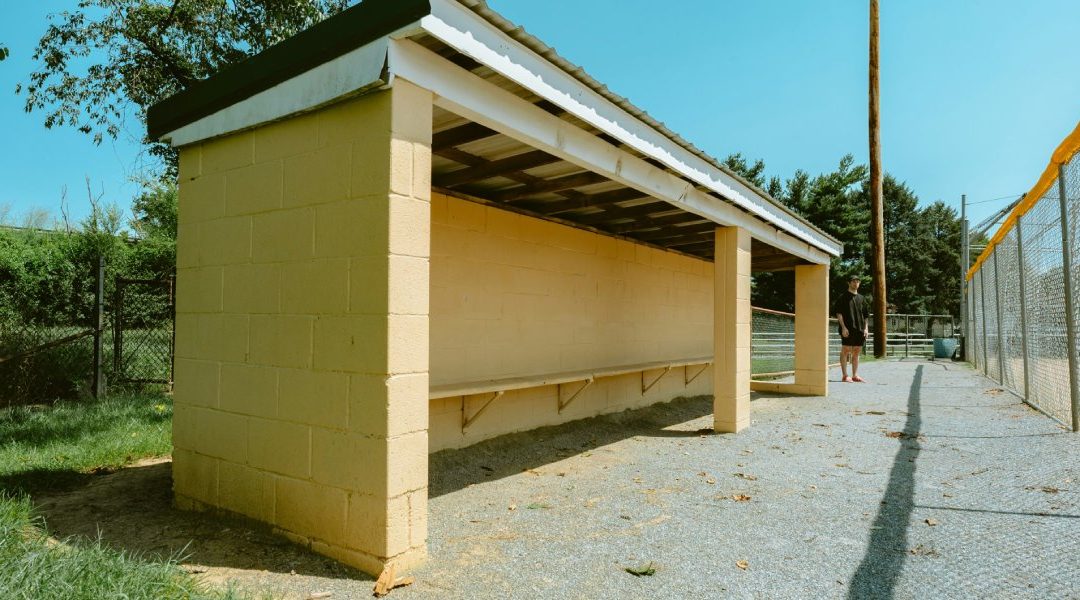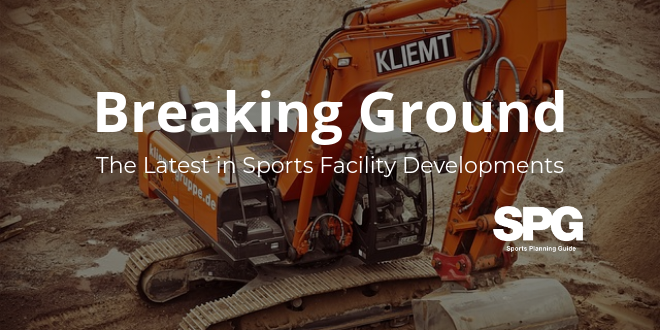How did you get involved with West Michigan Sports Commission?
West Michigan Sports Commission is about eight years old. A leadership gathered together to look at how to increase lodging tax receipts to bring more visitors. They brought on NASC Chief Don Schumacher and things moved forward to create the region’s sports commission.
I worked for visitor’s bureaus and was involved in the sports market, so when I began to see what was coming together I decided I’ll put my hat in the ring and at least show my interest. Pretty quickly my name moved through the ranks; ultimately, I got the position. We started out like most sports commissions do—very lean—but we really hit the ground running. I was the first hire as executive director and I immediately brought on an administrative assistant and events manager. We spent the first three years attracting teams and hosting a variety of regional and national sporting events. We’ve only gotten started.
What is the impact of Art Van Sports Complex?
West Michigan Sports Commission runs the Art Van Sports Complex. Although our grand opening last August was post-season in the travel-baseball-and-softball world, we wanted to show off this new jewel in our community as soon as possible. This is our first full season in 2015 and it’s going great. Opening last year allowed us to host late season tournaments, which let us see how operations needed to be set up for a full season that would set us up for success in 2015.
It’s unique for a sports commission to go into the planning, construction, and owning and operating a complex of this nature; we needed to plan for exceeding expectations. For instance, out of 25 playable weekends in our first season, 21 were filled with tournaments, averaging 35 teams where the current capacity in phase 1 is about 60-70 teams. In fact, major events are exceeding capacity, so we have a need for additional fields. We’ve gotten more out-of-town teams than expected, and just four of our operating weekends this summer are expected to be sell-outs, generating as much as $14.3 million collectively.
When we built Art Van Sports Complex, our focus was baseball and softball, but we were able to bring three more entities to the table to develop on public land around us. We brought on a Miracle Field; an archery facility (with West Michigan Archery Center); mountain bike trails (with West Michigan Mountain Biking Alliance); and a BMX track. We are now able to capture state high school championships and other sports combined with our signature event, State Games of Michigan, now in its sixth year attracting over 7,000 athletes.
How does it feel to be named host of 2016 NASC?
When I started in this position, I certainly had targets and goals, especially one where our community understood our purpose and could get involved. Grand Rapids hosted 2016 NASC gave us the opportunity to identify that we have reached where we want to be as a destination as well as where we want to go to showcase what our community has to offer.
Our success is in part due to the membership-based organization of NASC. Thanks to the best practices we learn from each other and the educational aspects, we are able to leave with current and helpful knowledge as well as relationships built at marketplace—the key is that its members are driving where NASC goes. There are a lot of resources offered at NASC, and I took advantage of that and brought it back to West Michigan. I certainly give credit to NASC for what I’ve gained as president of West Michigan Sports Commission and where we stand to date. We continue to look forward and appreciate these opportunities.
What kind of economic impacts are you making?
In less than a decade we have doubled our staff and created a signature event which has grown immensely. Through the span of our existence, we have brought in over 400 events, 560,000 visitors and $145 million in direct visitor spending.
We expect to grow these numbers. For example, in 2017 we are hosting the State Games of America, which is expected to bring about 20,000 athletes to compete in more than 60 sports. Our projection of economic impact due to sports tourism is $20 million in first 5 years.
What do you like most about your job?
This is the first time I’ve led a non-profit organization. It was a challenge at first, but it’s a challenge that groomed me, and I wouldn’t give it up for the world.
What I love most is getting to know all these local community members that are so passionate about their sports. We currently have over 50 or 60 different sports clubs and organizations, and they’ve invited me out to get to know them and the sport. I’ve learned to row and skeet shoot and things I’ve never done before. Most of these organizations are volunteer-based—just full of people that are just passionate about their sports and want to grow their sports.
We help them and they help us. For example, we were able to expand the Art Van Sports Complex for the local baseball and softball, archery, mountain biking and BMX teams. We build the infrastructure, and they bring in more events and tournaments. It’s all about our community and how we can lift each other up.





